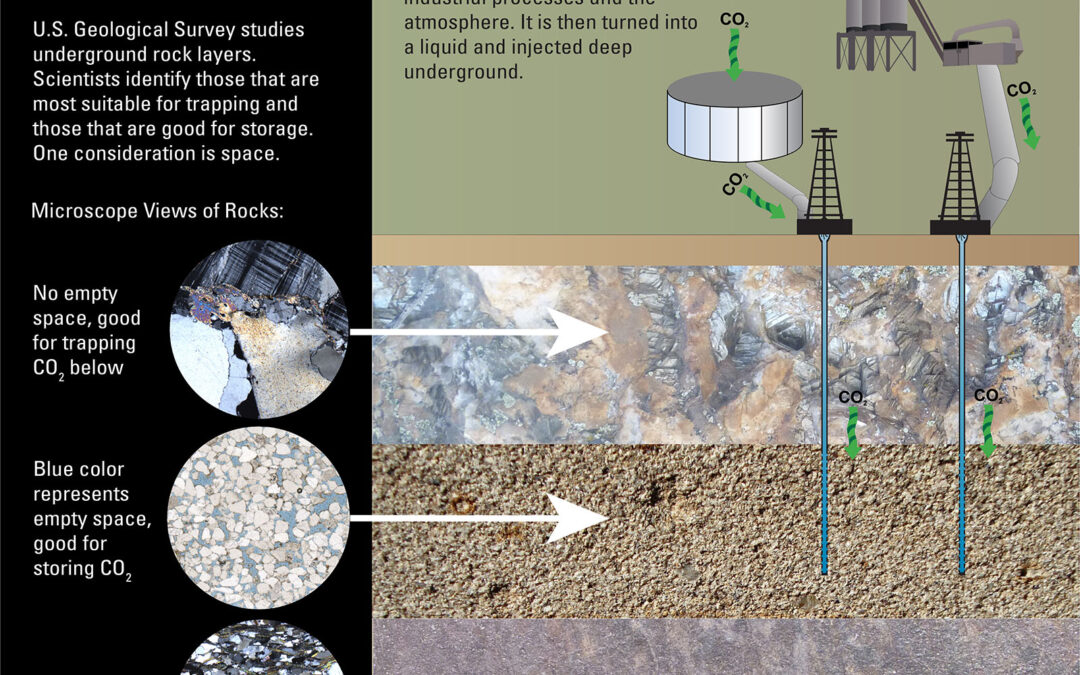by Jim Furnish
In my 34-year career at the U.S. Forest Service, the agency worked to support American industry while also maintaining public lands and the renewable resources they foster. That’s why I am shocked to learn that the agency plans to make a fundamental change to how it manages our public lands: allowing private parties to permanently dump industrial pollution in national forests.
While I was serving as Siuslaw National Forest Supervisor in Oregon, and deputy chief for all U.S. national forests, the agency updated its Special Use Permit rules in 1998. At that time, the agency was adamant that no industry — no matter how useful to society — had the right to permanently use or occupy national forest lands. In a special-use rule issued that year, the agency was clear that it opposed “an exclusive and perpetual use of Federal land.” To do otherwise would undermine longstanding policy meant to protect national forest ecosystems and recreational uses.
Now, in an alarming contradiction, the Forest Service has proposed a new rule that would blow a pipeline-sized hole in its regulations “to allow exclusive or perpetual right of use or occupancy … of National Forest System (NFS) lands” for carbon waste injection and storage. This carbon waste, in addition to requiring pipelines and injection wells, can cause people and animals to suffocate or even die. This I know: once gases are piped underground, there are no do-overs. What’s done is done. And I wouldn’t want to be a Forest Service ranger working anywhere near these dangerous operations.
Why the abrupt change? Nothing in laws establishing our national forests has changed since the rule was updated in the 1990s, but the Forest Service now seems to think that it can throw away decades of policy preventing “forever” permits that privatize forests for corporate use.
Maybe the answer comes — as it often does — from following the money. The carbon would likely come from smokestacks of facilities like coal-fired power plants. Fossil fuel companies are eager to adopt carbon capture and storage to perpetuate business as usual in the face of our need to transition to renewable energy. After capturing their pollution, these industries have to put it somewhere. Sending the waste through pipelines to national forests is surely more appealing than dealing with landowner opposition to carbon pipeline companies’ efforts to take private property by eminent domain. To add icing to the cake, the federal government is offering companies massive tax subsidies to dispose of their carbon waste, even though research has shown this program is fraught with fraud.
Some national forests will be targeted sooner based on their geology, but this rule change puts all of them at risk from future applicants’ desires to make quick profits and spoil public lands permanently. Impacts of this rule change could spread across our landscape: national forests are widely distributed throughout the U.S. and highly valued for recreation, domestic water sources, crucial fish and wildlife habitat, and outstanding scenery.
Ultimately, policy questions turn on values. Forests store tremendous amounts of carbon — naturally! The agency has a golden opportunity to elevate the value of carbon sequestration by protecting mature and old-growth forests. Isn’t this a better values choice than chasing tired, polluting industry practices that are squarely opposite to where our climate-change battle should be heading?
The Forest Service should abandon its proposal to permanently privatize the public’s land and endanger our shared renewable resources and ecosystems, which only benefits a small group of rich companies and investors. National forests have a huge role to play in protecting biodiversity and storing carbon in forested landscapes. Allowing polluters to permanently industrialize these lands will only rob the public of real climate solutions in order to chase after false ones fraught with unacceptable risks.
Image: Geological carbon sequestration requires industrial drilling rigs capable of boring thousands of feet into the Earth, followed by installation of industrial injection pumps, tanker truck terminals, and pipeline networks (U.S. Geological Survey graphic).
Jim Furnish retired from the U.S. Forest Service after serving for 34 years, including as deputy chief for national forests from 1999 to 2002. During the 1990s, Furnish was Siuslaw National Forest supervisor and a leader in protecting 60 million roadless acres.


